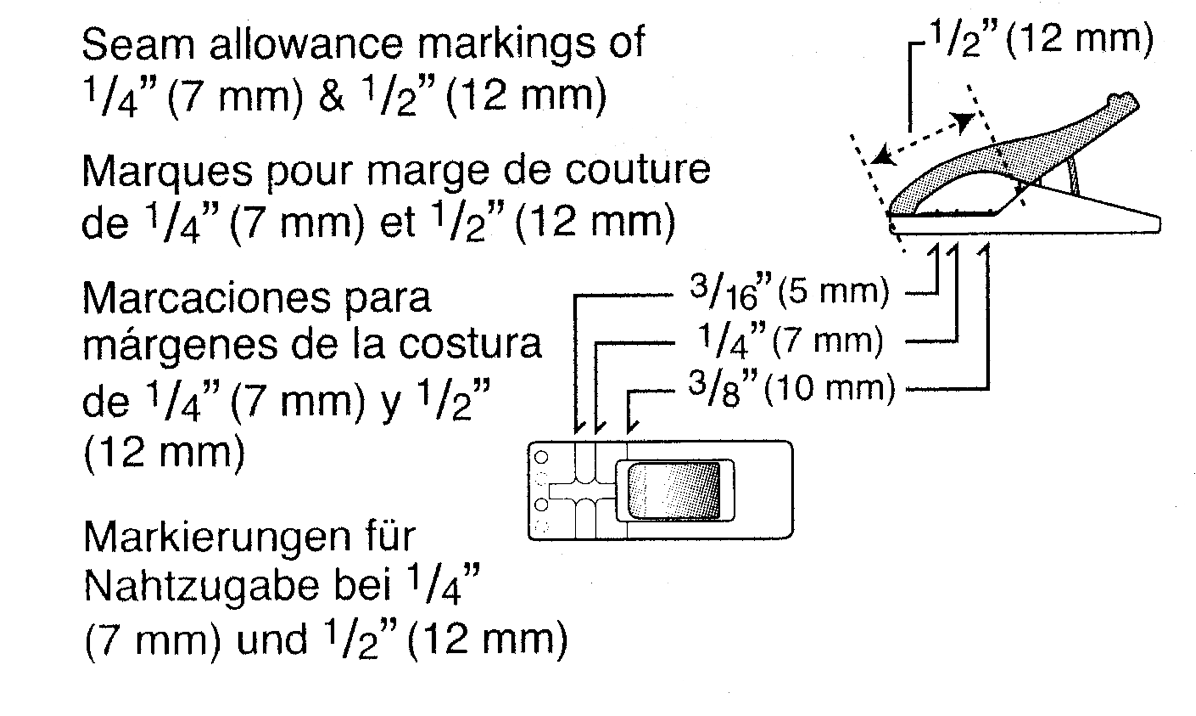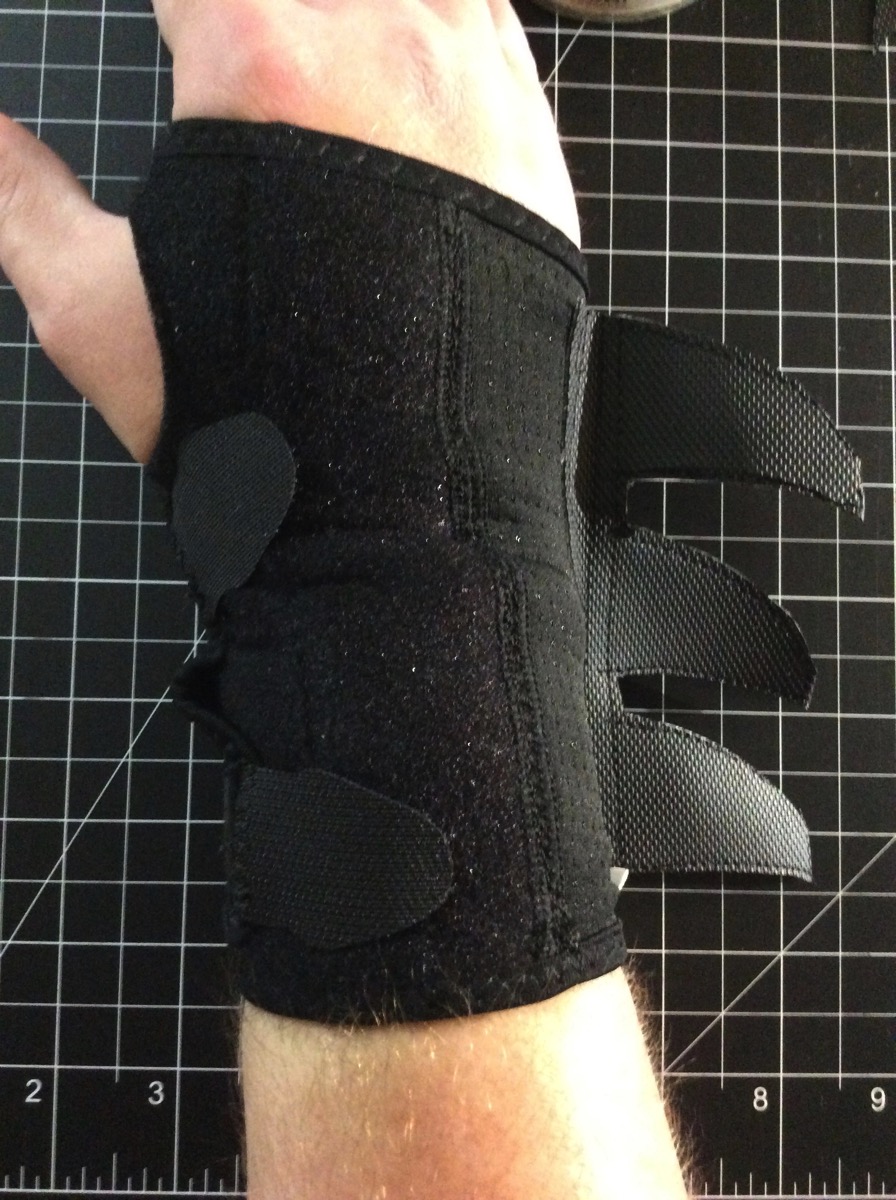Clover Wonder Clips seam-allowance quick-reference label
Monday, May 14th, 2018Wonder Clips are a particular kind of clip used for clamping fabrics—especially leather and vinyl, for which pins are inappropriate—to be sewn. I have a box of 50 Wonder Clips that I use for most projects.
One of the features of Wonder Clips (compared to, say, clothespins) is markings on each clip at several depths, so you can use how much of the piece is in the clip’s mouth to measure the seam allowance at each clip. The packaging includes a quick reference:

I scanned this in and converted it to black and white, and also made a printable version for Avery 5444 labels. 5444 is a 4×6″ sheet that should work in most printers; that PDF will produce two seam-allowance reference labels of just the right size to be applied to the top of the 50-count Wonder Clips box.

